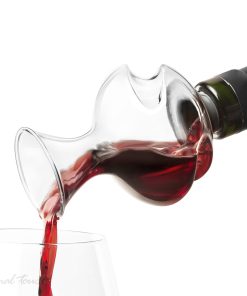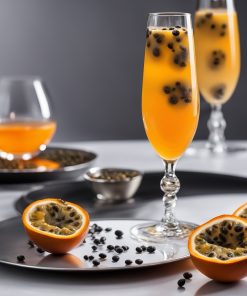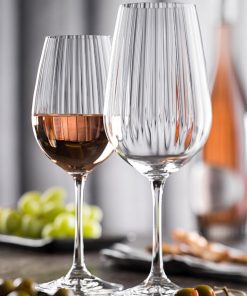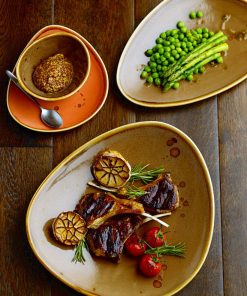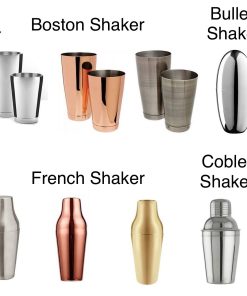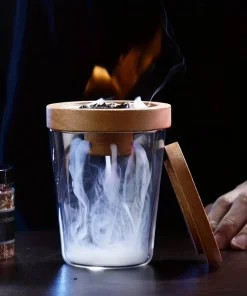Standard drink size and alcohol intake recommendations vary around the world. In the United Kingdom, the measure to quantify the actual alcoholic content within a given volume of an alcoholic beverage used is the unit of alcohol, and 1 unit of alcohol corresponds to 10 ml which in turn corresponds to 7.94 g (alcohol has a different weight: 0.7946 g). Normally it takes an average adult around an hour to process one unit of alcohol so that there’s none left in their bloodstream.
As alcoholic drinks come in different sizes and strengths the units are used to define how strong a drink is. Consider also that everyone has a different response to alcohol intake and there are some factors that influence this such as weight, height, sex.
Another very important factor, the food, slows down the absorption of alcohol and allows a better metabolization with a minor elevation of blood alcohol.
To keep health risks from alcohol to a low level, the UK Chief Medical Officers’ (CMO) advise it is safest not to drink more than 14 units a week and both the daily and weekly guidelines must be met for a person to remain low risk.
According to various studies, women develop alcohol use disorders at lower levels of consumption compared to men, as scientists discovered that women produce smaller quantities of an enzyme alcohol dehydrogenase (ADH), which is responsible for breaking down alcohol in the body, and for this reason is recommended that the guideline for women to be fewer than 14 units per week.
What does ABV mean?
Alcohol by volume (abbreviated as abv) represents a measure used to define how much alcohol is contained in a given volume of an alcoholic beverage and is expressed as a percentage.
For example, a bottle of wine that shows 12% abv, means that on 100ml there are 12ml of alcohol and a glass of wine served 175ml, contains 2 units, and the full bottle -750ml- contains 9 units.
Here are some examples of units present in common drinks:
A glass of champagne (125ml glass, 12% ABV) contains 1.5 units A pint of beer (1 pint, 4% ABV) contains 2.3 units
A pint of cider (1 pint, 4.5% ABV) contains 2.6 units
A single shot of spirit (25ml, 40% ABV) contains 1 unit
How to calculate the alcohol content in a cocktail
We start by calculating the quantity of alcohol present in every ingredient:
(quantity used x abv of ingredient): 100 = ml alcohol present in the drink
Then calculate the total quantity of alcohol in ml by adding the ml of alcohol present in the drink.
Afterwards is calculated the grams of alcohol multiplying the total ml for the specific weight of the alcohol
Lastly we calculate the abv of the cocktail using the following formula:
(ml alcohol x 100) : (quantity cocktail + dilution) = abv cocktail
Keep in mind that water content is added by stirring this drink and is very important as changing the abv of the final drink. We are not treating the dilution subject this time but we will use 25% dilution for this calculation.
68
For example, let’s take a Negroni with the following recipe:
30ml gin at 40% abv
30ml vermouth sweet at 16% abv 30ml bitter at 25% abv
30 x 40: 100 = 12 ml alcohol 30 x 16: 100 = 4.8 ml alcohol 30 x 25: 100 = 7.5 ml alcohol
12+4.8+7.5=24.3mlofalcoholpresentinthecocktail
24.9 x 0.79 = 19.671 g of alcohol present in the cocktail
(24.3 x 100): (90 + 22.5) = 21.6% abv of our Negroni

